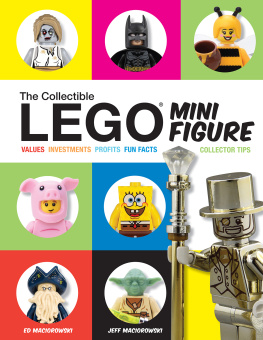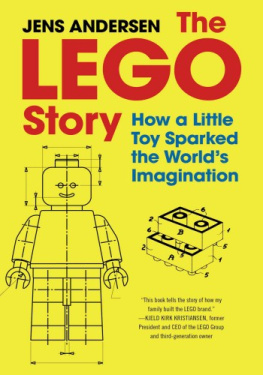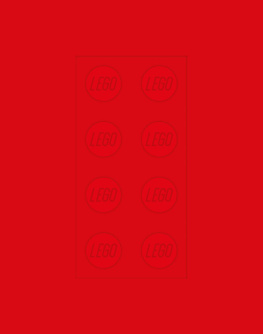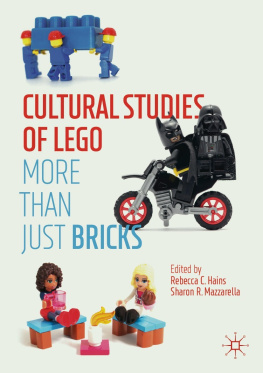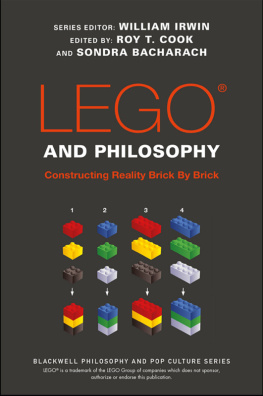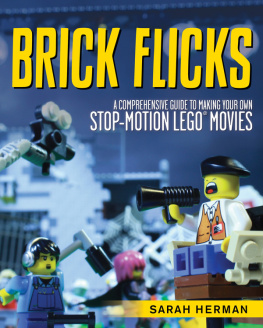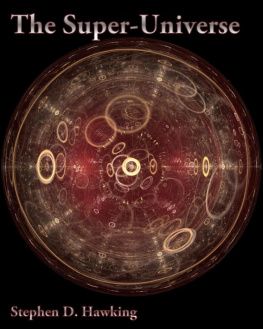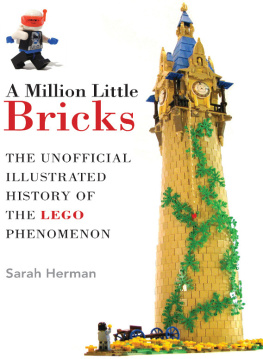Contents
Guide
The Collectible
LEGO MINI FIGURE
VALUES INVESTMENTS PROFITS FUN FACTS COLLECTOR TIPS
CONTENTS


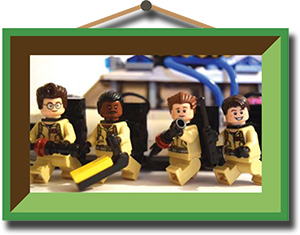
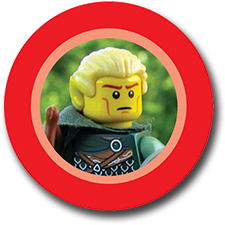
INTRODUCTION
Five billion and counting ... That is the current population of LEGO minifigures in the world today. Impressive, eh? It is estimated that by the year 2019, minifigures will outnumber the human race, with close to eight billion peanut-sized plastic people inhabiting human homes and stores throughout the world.
LEGO minifigures have become a highly collectible and profitable hobby over the past ten to fifteen years, basically matching the LEGO set investment phenomena step by step. In fact, The LEGO Group itself has even promoted the minifigure as a collectible item, releasing the Collectible Minifigures theme in 2010. This theme is currently one of the most popular and has accounted for hundreds of highly creative and valuable minifigures. LEGO minifigures have become so valuable in some instances that they can be sold for more money than the original price of the LEGO set they were in.
History, Design, and Construction
The current version of the LEGO minifigure was released in 1978 in various Space, Castle, and Town-themed sets. Earlier, more basic versions were released, but with regards to this book, we will not discuss them. The modern minifigure consists of major components, which allow for seven points of movement and articulation, as shown in the illustration below.
The LEGO minifigure stands about an inch and a half tallor in LEGO terms, four blocks tall. There are a myriad of hats, masks, headpieces, wigs, tools, and contraptions that can be added to minifigures. LEGO minifigures originally had yellow skin features for purposes of ethnic equalization, according to LEGO.com. In 2003, LEGO released minifigures with naturalistic skin tones with their National Basketball Association collection. Also, until 1989, minifigures came with one type of head and facial expression: A smiley face that consisted of two simple black dots for eyes and a simple curved mouth. The Pirates theme was the first to release minifigures with different facial expressions and also added custom features, such as hooked hands and peg legs, moving away from traditional body parts for the first time in LEGO history. Things would never be the same again.
As with most LEGO bricks, minifigures are made of ABS (Acrylonitrile Butadiene Styrene), a durable and safe plastic polymer. There have been close to 8,000 different varieties of minifigures released since 1978, with designs getting more and more complex and creative. To this day, the heads still come with a hole in the top stud to prevent a child from choking on it. The heads are cylindrical, attaching to a stud, which allows for rotation and also enables other LEGO components to be mounted on a minifigure, such as cloth capes, air tanks, breastplates, wings, and hundreds of other interesting features. One last major design component of a LEGO minifigure is the color, stickers, and graphics. Minifigures come in all the basic brick colors as well as special chrome versions. There have even been 24k gold minifigures produced in past years, so anything goes. As for graphics and stickers, they have become more complex, durable, and beautifully designed as well, enabling these tiny plastic people and creatures to replicate many different forms.

Image courtesy of Brickipedia.com, The LEGO Wiki.
Collectibility
The world of collectible LEGO minifigures is something that has developed in the past ten to fifteen years. Along with LEGO investing and collecting in general, the values of minifigures exploded in growth in direct correlation to the popularity of eBay and other secondary marketplaces. From the 1970s to the early 1990s, there really were no major outlets that a person could resell a LEGO set or minifigure, so when eBay grew in scope and popularity, savvy collectors and investors realized that sets could be broken down into smaller components and sold for a profit. People learned quickly that LEGO minifigures could be removed from new sets and resold on eBay or sites like Bricklink.com for more than the original set cost at retail. This is called parting out a LEGO set, and it has become a multimillion dollar business for thousands of collectors, investors, and resellers across the world.
The most difficult aspect of collecting minifigures is that there is no easy way to categorize a LEGO minifigure and track prices. Why? Simply put, there are no known LEGO part numbers for minifigures that are found in new and sealed sets. There are part numbers for all of the components of an individual minifigure, but The LEGO Group has not released an all-inclusive number for the hundreds of minifigures released on an annual basis. Now, there are minifigures that are sold in polybags that have their own set numbers, and these are easy to classify and categorize, but they are produced in much smaller quantities. There are hundreds of new minifigures released every year that really only have a character name, not number. This is confusing because many LEGO minifigures have the same name on a set box, with slight variations to the minifigure itself. There could be ten different variations of a popular minifigure within the same year. The LEGO community has stepped up in the recent past to come up with their own nomenclature for the multitudes of minifigures with no official numbers. Online sites like Brickset.com and Bricklink.com have developed their own minifigure numbering system so that fans and collectors have a little more clarity when aggregating data. Bricklink.coms numbering system is used in this book, with permission.
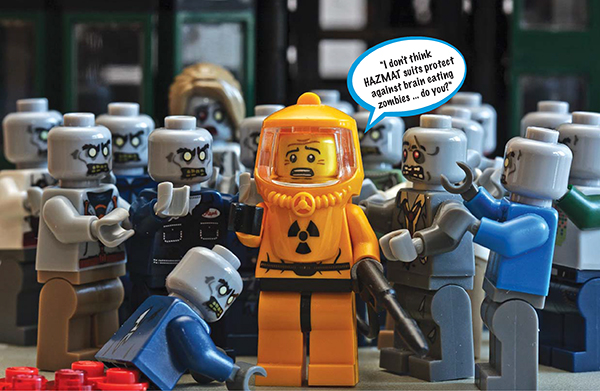
While Bricksets and Bricklinks numbering systems certainly help, it would be a lot easier if LEGO would key us in on their numbering system. But at the end of the day, LEGO wants you to buy a set to build, not break down into components and resell, so why make it easy on people?
As noted, LEGO minifigures are found through two sources: in new and sealed LEGO sets and in individually and numerically marked polybags. Since The LEGO Groups launch of the Collectible Minifigures theme in 2010, there have been more than 15 series released, each with 16 different minifigures in random polybags. Some of them are based on licensed movie and TV shows such as The LEGO Movie and The Simpsons, but most just have a wide variety of cute, creepy, and cool characters ranging from a Hot Dog Man and Medusa to a Demolition/Crash Test Dummy and everything in between. Some of the most popular and valuable Collectible Minifigures are based on zombies, so I guess you can say that the living dead has a lively afterlife. Another quality source of collectible minifigures that LEGO promotes are at the annual comic cons, toy fairs, and LEGO conventions across the country and globe. LEGO usually releases several exclusive minifigures at each of the major conventions over the course of a year, with some of these rare minifigures selling for hundreds of dollars on secondary markets, such as a Spider-Woman minifigure worth $800. LEGO also gives away free promotional minifigures to LEGO VIP members when certain purchase levels are reached on LEGO Shop @ Home and in brick and mortar LEGO stores.

